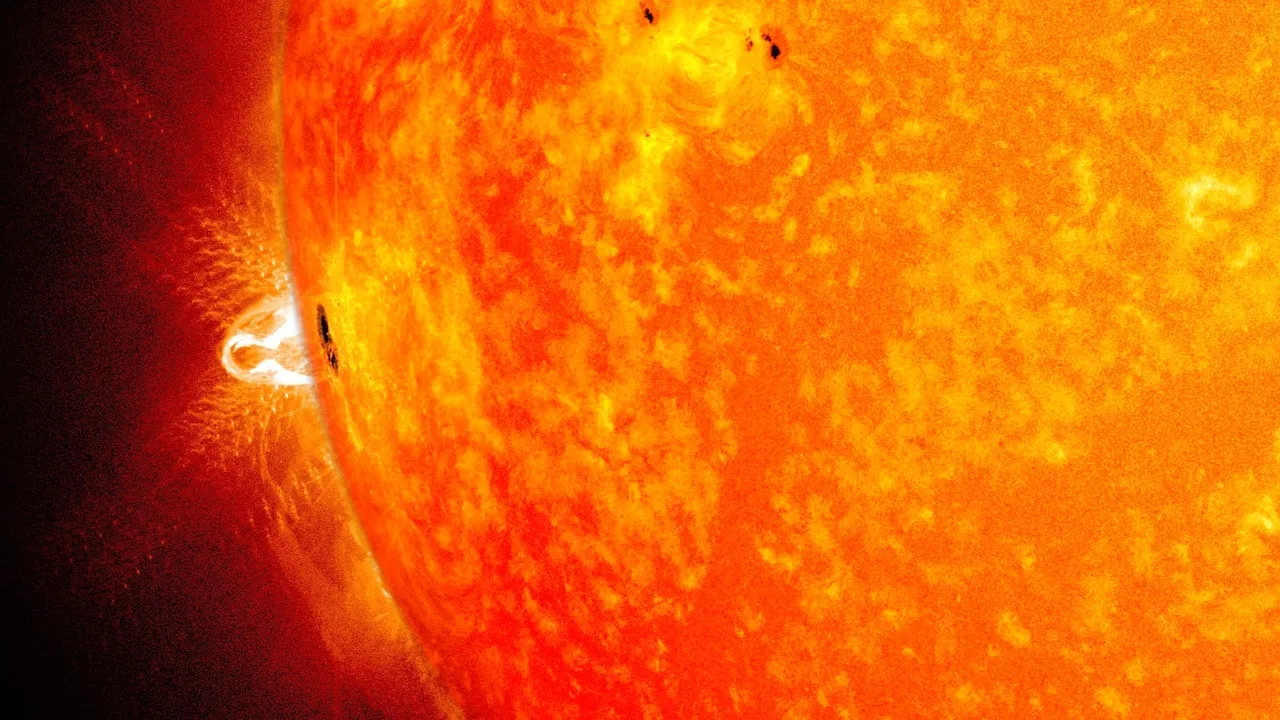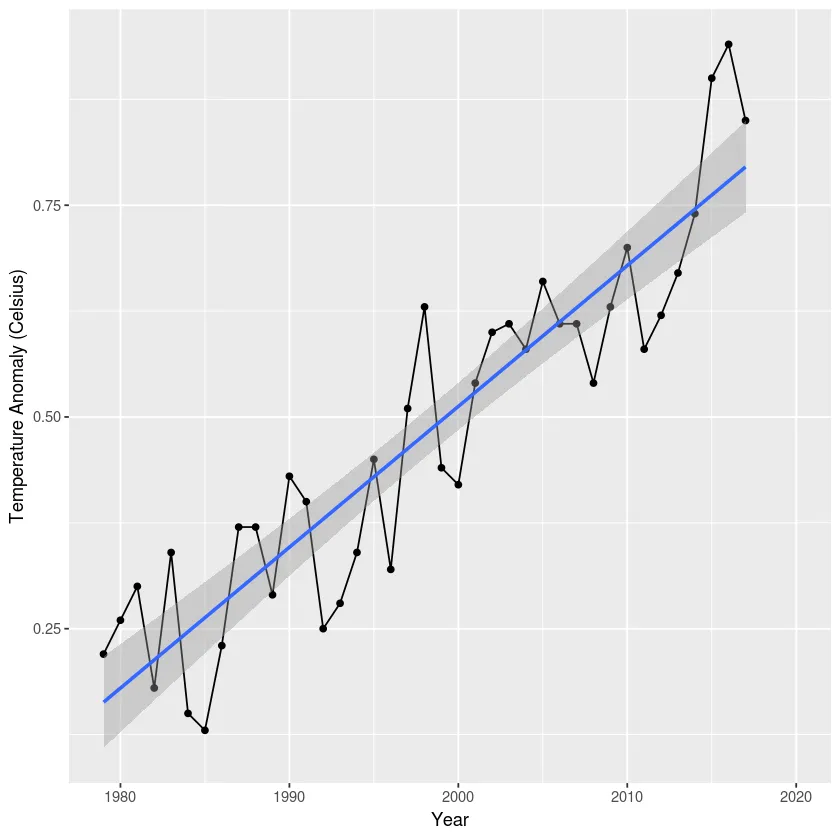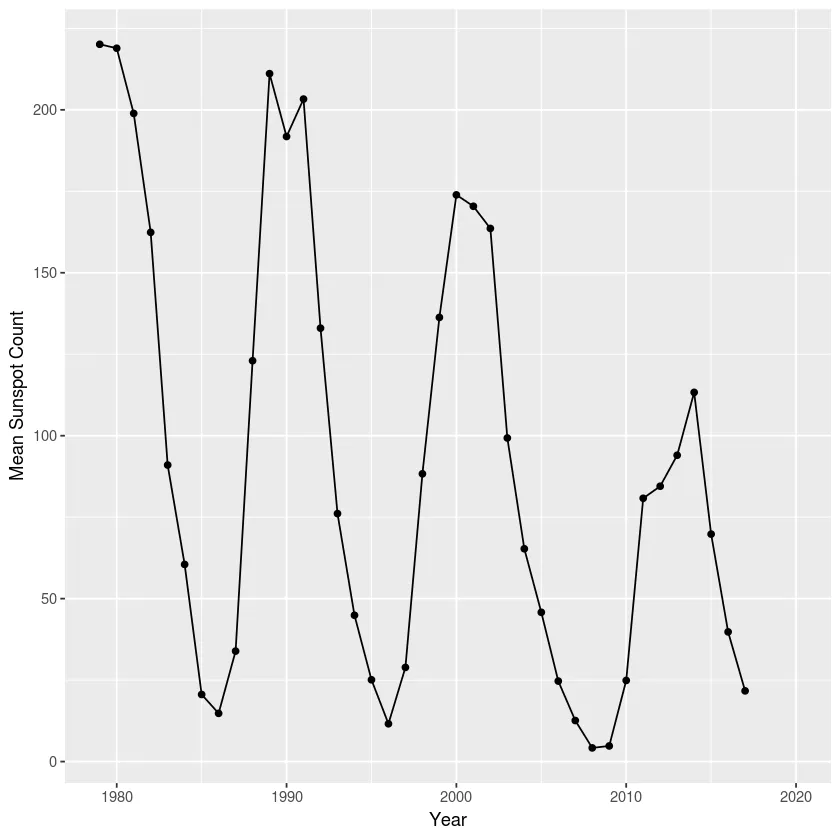Sunspots Will Not Cause an Ice Age
Wednesday December 05, 2018



I grew up in this small town in Ohio called Hamilton. I’ve talked about it here, before. I’ll let you draw your own conclusions. The Journal-News is the local daily newspaper, something we don’t see a lot of here in Maryland. But it is pretty common when you head further west and the kinds of comments on the newspapers’ websites are from people who couldn’t cut it as Yahoo! commenters.
Last week the paper ran a story on climate change:
Trump steadily undoing US efforts at curbing climate change amid dire warnings
Read more trending news In addition to gutting regulations on oil, coal and gas emissions over the past two years, Trump moved to pull the U.S. out of the Paris Climate Agreement and even said outright that he didn't believe the conclusions of a major report on the critical consequences of climate change issued Friday by 13 government agencies from his own administration.
Needless to say, the comments on Facebook were a hotbed of intellectual achievement. One of the most amusing comments went like this:
Recent evidence based studies also suggest we are about to experience a mini ice age due to sun spot activity.
So, that’s the level of scientific ignorance out there. But let’s talk about it anyway! A few things to observe here. First of all, let’s take a look at the global temperature anomaly. As we can see from the plot below (data from NOAA), the mean global temperature is increasing.

And it is increasing due to the greenhouse effect. I used 1979 as the starting year since that is the year I was born. Conveniently, 1979 was the peak of Solar Cycle 21 and we are expected to be starting Solar Cycle 25 right now. So we’ve seen 3 complete solar cycles since 1979 and we take an initial look at the mean daily sunspot count per year, to see where they are going (data from SILSO).

As we can see, sunspot activity is highly cyclical and there’s no similar cyclical pattern to the global temperature anomaly. And it is not hard to see why. We can use the Stefan-Boltzmann law to understand how much the Sun heats the Earth.
The Stefan-Boltzmann law states,
giving the effective blackbody
temperature of
the Earth where
We know there’s a peak-to-peak variance, during the solar cycle,
of 0.1%. That means
In 2017, which was far from the solar maximum, but we will just pretend it was the worst, the global temperature anomaly was 0.85°C and there’s 0.787°C of heating that solar cycles just don’t account for. And the idea that an ice age will be caused by a 0.063°C difference is laughable when you realize the temperature during the last ice age was at least 4°C below the global baseline temperature above.
So, no. The solar cycle will not change the overall trend and it certainly will not cause an ice age.
This work used SciServer, a collaborative research environment for large-scale data-driven science. It is developed at, and administered by, the Institute for Data Intensive Engineering and Science at the Johns Hopkins University. SciServer is funded by the National Science Foundation Award ACI-1261715. For more information about SciServer, please visit http://www.sciserver.org.